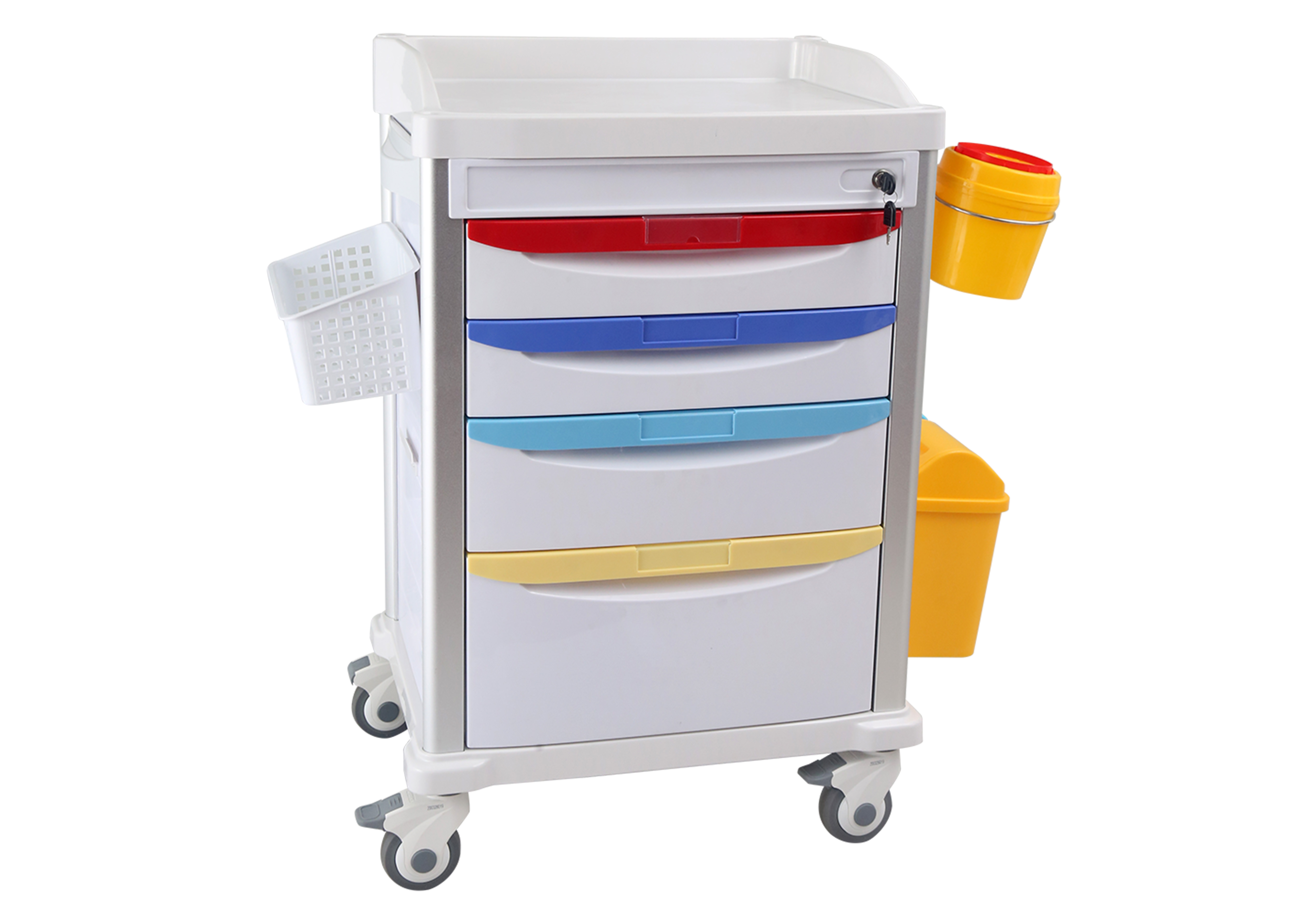Welcome to our websites!
rehab equipment
Understanding Rehabilitation Equipment Enhancing Recovery through Technology
Rehabilitation is an integral part of health care, aimed at restoring an individual's function and quality of life after injury, surgery, or illness. A pivotal component of successful rehabilitation is the use of specialized equipment designed to facilitate healing, improve mobility, and promote independence. As technology advances, the variety and sophistication of rehabilitation equipment continue to grow, making recovery processes more effective and accessible.
Types of Rehabilitation Equipment
Rehabilitation equipment can be broadly categorized into several types, each serving distinct purposes. These include mobility aids, exercise machines, therapeutic devices, and assistive technologies.
1. Mobility Aids Mobility aids, such as walkers, crutches, and canes, are essential for individuals who have difficulty walking. They provide stability and support, reducing the risk of falls and promoting confidence in mobility. Advanced options include powered exoskeletons and robotic gait trainers, which can significantly enhance the recovery process for patients with severe mobility issues.
2. Exercise Machines Physical therapy often involves strength training and cardiovascular exercises. Specialized exercise machines, such as resistance bands, stationary bikes, and elliptical trainers, are designed to help patients rebuild strength and endurance. These machines can often be adjusted to accommodate varying levels of ability, ensuring that patients can progress at their own pace.
3. Therapeutic Devices Various therapeutic devices play a crucial role in rehabilitation. For instance, ultrasound and electrical stimulation devices are used to reduce pain and inflammation, promote tissue healing, and enhance muscle function. Additionally, hydrotherapy equipment, such as aquatic treadmills and therapy pools, leverages the properties of water to ease joint stress and facilitate movement.
4. Assistive Technologies Innovations in assistive technology have transformed rehabilitation for individuals with disabilities. This includes adaptive devices that enable tasks of daily living, such as modified eating utensils, dressing aids, and communication devices. These tools are vital in fostering independence and improving the quality of life for individuals recovering from major health events.
rehab equipment

The Role of Technology in Rehabilitation
The integration of technology into rehabilitation practices has ushered in a new era of treatment options. Telehealth services enable remote physical therapy sessions, allowing patients access to care without the need to travel. This is particularly advantageous for those living in rural areas or those with mobility challenges. Virtual reality (VR) and augmented reality (AR) are also becoming valuable tools in rehabilitation. These technologies create immersive environments that simulate real-life scenarios, making therapy not only more engaging but also more effective.
Wearable technology, such as fitness trackers and smartwatches, allows patients to monitor their progress and stay motivated. Many rehabilitation programs now incorporate data from these devices to tailor exercises to individual needs and capabilities. This personalized approach enhances outcomes and encourages patient participation in their recovery journey.
The Importance of Professional Guidance
While rehabilitation equipment can significantly aid recovery, it is crucial to emphasize that these tools should be used under professional guidance. Physical therapists and rehabilitation specialists play a vital role in assessing individual needs, prescribing appropriate devices, and ensuring that patients use them safely and effectively. Customized rehabilitation programs that incorporate the right equipment can drastically improve recovery times and outcomes.
Conclusion
In conclusion, rehabilitation equipment has become a cornerstone of modern recovery protocols. The wide array of available tools, combined with advancements in technology, has enhanced the rehabilitation experience, making it more effective and accessible to a broader audience. With professional guidance, patients can leverage these tools to reclaim their independence and improve their overall quality of life. As we move forward, continuous innovation in rehabilitation technology will undoubtedly play a significant role in shaping the future of health care.
-
Transforming Healthcare with Hospital FurnitureNewsJun.24,2025
-
Rehabilitation EquipmentNewsJun.24,2025
-
Mobility and Independence with WheelchairsNewsJun.24,2025
-
Freedom of Mobility with Our Rollator WalkersNewsJun.24,2025
-
Comfort and Independence with Commode ChairsNewsJun.24,2025
-
Bathing Safety and Independence with Shower ChairsNewsJun.24,2025
-
Navigating the Wholesale Landscape of Electric Mobility Solutions: Key Considerations for Power Wheelchair DealersNewsJun.10,2025











